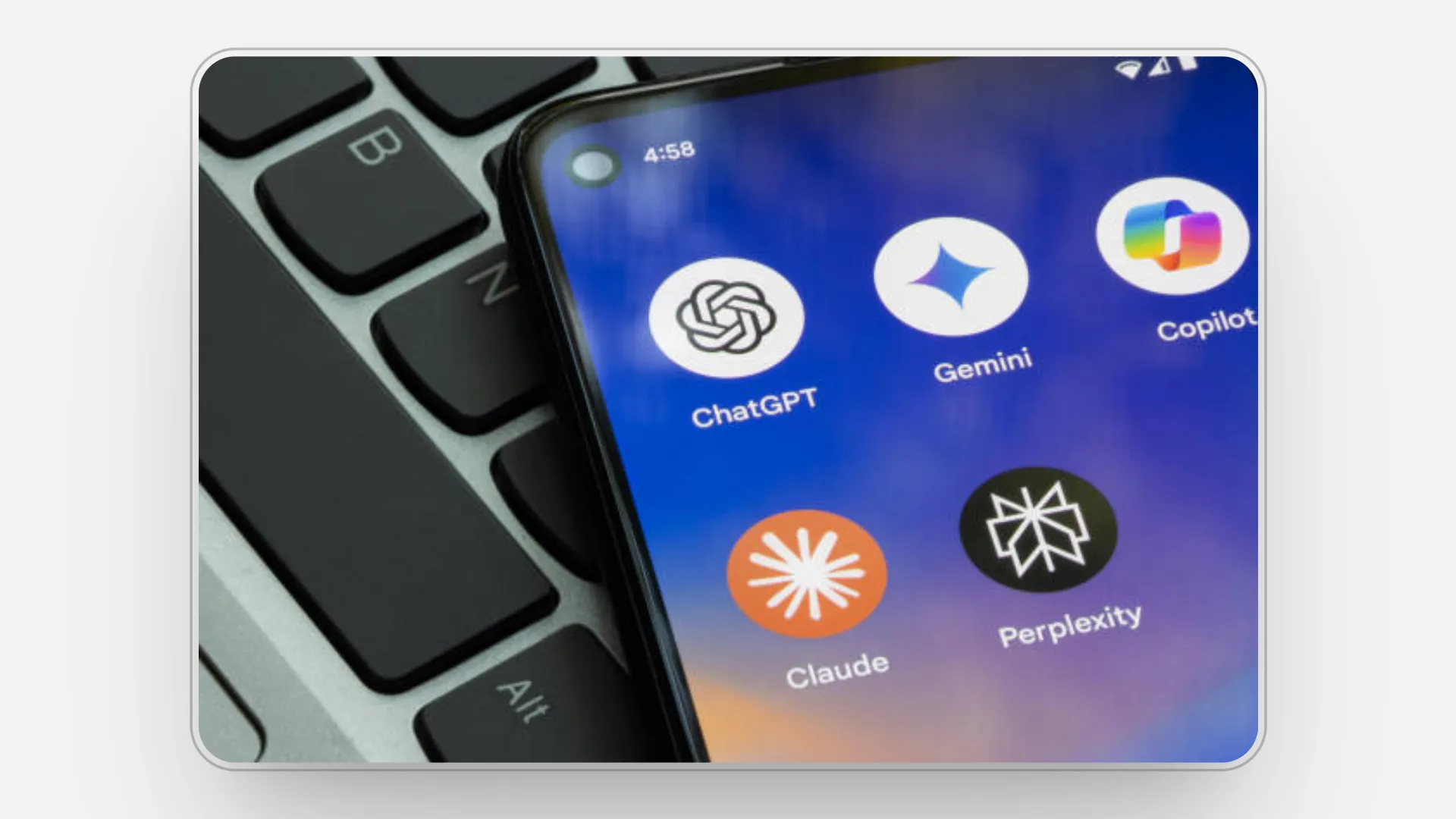When marketers think about “ranking” in ChatGPT, the conversation often jumps straight to brand mentions. While being named in AI-generated answers is critical, the real key is understanding which user prompts actually drive those mentions. If you know the exact questions people are asking, you can shape your content and visibility strategy to make sure your brand shows up in the right context.
This is where the game changes. Unlike traditional SEO, where you target specific keywords, AI ranking is driven by how large language models (LLMs) interpret and respond to user prompts. If you focus only on broad brand awareness without aligning to these prompts, you risk being invisible where it matters most.
Why Prompts Drive AI Brand Visibility
Every ChatGPT response starts with a prompt: the question, statement, or instruction typed in by the user. From a brand visibility perspective, these prompts are the trigger events that determine if your business is mentioned.
The difference between ranking for “best project management software” and “best free project management software for small teams” is massive. One could put you in the same conversation as enterprise tools, while the other might place you alongside budget-friendly competitors. Understanding this nuance is essential for targeted visibility.
Types of Prompts That Matter Most
Not all prompts carry the same weight for brands. Some trigger high-intent answers that lead to conversions, while others build awareness or authority. Here are the primary categories:
1. Category Recommendation Prompts
These are the “best of” and “top” lists users request, such as:
- “Best CRM for small businesses”
- “Top camping gear brands in 2025”
For these prompts, ChatGPT typically lists multiple brands. Showing up here means you are in direct comparison with competitors. Ranking in these responses is often the quickest path to visibility.
2. Problem-Solving Prompts
Users ask LLMs for solutions to specific challenges:
- “How do I speed up website load time?”
- “What’s the safest way to store sensitive data?”
Brands that have strong educational content and authoritative answers are more likely to be cited in these contexts.
3. Feature Comparison Prompts
When someone types:
- “HubSpot vs Salesforce for lead tracking”
- “iPhone 15 Pro vs Samsung S24 Ultra”
They are ready to make a decision. If your brand appears in these comparisons, it signals high trust from the AI model.
4. Local or Niche Prompts
These combine category or solution prompts with a location or specific audience:
- “Best coffee roasters in Austin”
- “Affordable PR agencies for startups”
Ranking here means you dominate not just a category but also a geographic or demographic segment.
Why Traditional Keyword Lists Don’t Work Here
In traditional SEO, you might compile a long keyword list and optimize for each term. In AI-driven search, prompts are more fluid. A single user intent can be expressed in dozens of ways, and LLMs cluster those variations together.
For example, these three prompts could yield the same AI-generated answer:
- “Best hiking tents for wet weather”
- “Which camping tents are good for rain?”
- “Top-rated waterproof tents”
Instead of chasing every variation, you need to focus on the underlying intent and ensure your content covers that comprehensively.
How to Identify High-Value Prompts for Your Brand
Knowing the prompts that matter is a mix of research, analysis, and monitoring. Here’s how to get started:
Step 1: Scan Your Brand’s AI Visibility
Use RankPrompt to see which prompts already mention your brand across platforms like ChatGPT, Gemini, Claude, and Grok. This gives you a baseline.
Step 2: Analyze Competitor Mentions
Identify prompts where competitors are being recommended but you are not. This is your biggest opportunity gap.
Step 3: Group Prompts by Intent
Organize prompts into themes like recommendations, comparisons, problem-solving, or location-based queries.
Step 4: Prioritize by Business Value
Not all prompts have equal ROI. Target those most likely to bring high-intent visitors or customers.
Why Some Brands Miss Out on Key Prompts
Even if you have strong SEO, you may still be absent from valuable AI prompts. Common reasons include:
- Lack of structured data: Without schema markup, AI models may not fully understand your offerings.
- Outdated or thin content: AI tools prefer to cite sources with depth and authority.
- No mention-worthy proof points: Brands without unique stats, awards, or case studies have less citation value.
Poor topical alignment: Your content may not match the exact way prompts are phrased.
Turning Prompt Insights into Content Wins
Once you know the prompts that matter, the next step is to align your content and brand positioning. This means:
- Publishing content that directly answers high-value prompts
- Adding clear comparisons, stats, and examples
- Including structured data to support AI comprehension
- Refreshing outdated pages with new insights
If “best camping tents for families” is a key prompt, you should have a page explicitly covering family tent recommendations, with photos, specs, and trustworthy information.
Tracking Changes Over Time
Prompt rankings in AI assistants are dynamic. Just like Google’s SERPs, what ranks today may change tomorrow as new content is published or as LLMs update. This makes continuous monitoring essential.
RankPrompt’s tracking tools allow you to:
- See when your brand starts appearing in new prompts
- Watch how competitors move in and out of top positions
- Identify seasonal or trend-based prompt opportunities
By setting up ongoing monitoring, you can quickly adjust and protect your position.
The Bigger Picture: Prompts as the New Keywords
If keywords were the foundation of traditional SEO, prompts are the foundation of AI SEO. The sooner your marketing team starts thinking in terms of user prompts, the better positioned you will be to win in AI-driven discovery.
In the same way that companies once invested heavily in keyword research tools, the next big advantage will come from prompt research and optimization.
Move From Guesswork to Precision
You cannot afford to guess which prompts matter for your brand. AI assistants are becoming the first stop for product recommendations, service advice, and brand comparisons. Missing from these answers means missing from the customer journey.
With RankPrompt, you can replace guesswork with real data, uncover the prompts that drive brand mentions, and position yourself to win in every AI-generated conversation.
Start your free scan today and see exactly where your brand stands in ChatGPT and beyond.



